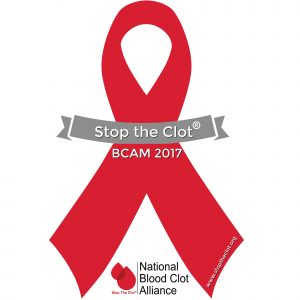Anticoagulants (more commonly referred to as blood thinners) are routinely used to treat, prevent and reduce the risk of venous thromboembolism (VTE), which consists of prevent deep vein thrombosis (DVT) and pulmonary embolism (PE).
According to World Thrombosis Day, 1 in 4 people worldwide are dying from conditions caused by thrombosis:
Continue reading “National Patient Safety Goal to Reduce the Patient Harm from Anticoagulants”
